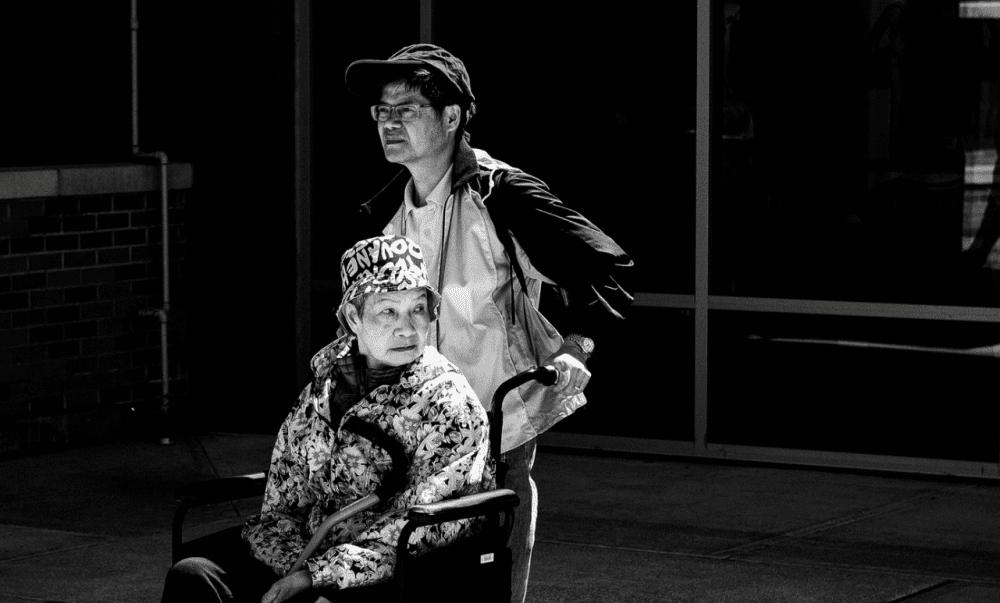
In Australia, over 1 in 7 people are over 65. Significantly, 36% of older adults deem their current home unsuitable for life as a senior. It is vital to take as many measures as possible to enable older people to live independently. This means addressing the accessibility and safety of a senior’s home, and putting things in place to make things as safe and easy as possible. Doing so can alleviate strain and worry felt by loved ones but, most importantly, can also have a hugely positive impact on a senior’s mental health.
How accessible is the home from the outside?
It is important to assess every room within the residence, but don’t forget to consider the outside of the home too. About half of falls happen outside, so making the front and back gardens clear and easy to walk on is crucial. How easy is it to get to the front door? Flat, smooth paths are ideal, as well as a space near the front door in which the car can be parked. If possible, replace gravel driveways with patio and, if wheelchair access is needed, have room for a ramp in the doorway. Avoiding steps and other trip hazards is key. Finally, supportive, well-fitting shoes are incredibly important when it comes to avoiding sudden falls.
Prioritise the bedroom and bathroom
We spend a lot of time in our bedroom and bathroom, so make sure these rooms are set up with a senior’s needs in mind. This means having anti-slip mats (and preferably anti-slip flooring) on the floors. Fixing robust handrails by the toilet and bath also gives some additional support and helps provide peace of mind. When it comes to the bedroom, meanwhile, make sure any carpet is smooth and well-fitted; do away with loose throw rugs, which are particularly hazardous when it comes to potential falls. Remove any obstacles from the floor that could be tripped over, and try to make the room as clutter-free as possible. Have a lamp on the bedside table, ready to be switched on in case of any nighttime trips to the bathroom.
Make everyday things easy to reach
A simple way of making a home more accessible for a senior is to ensure that important, day-to-day things are easy to get to. The priority is to prevent overreaching or too much bending down. For example, make sure light switches and plug sockets are positioned somewhere between the midriff and shoulder height. Prevent the risk of overbalancing and tumbling over by having seasonal, everyday clothes at the front of the wardrobe. Kitchen appliances and crockery, meanwhile, should be easy to reach, not stacked up high on a shelf or at the back of a cupboard.
Make your home accessible with just a few sensible tweaks
As a senior, being mindful of the suitability of your home for your needs becomes increasingly important. It is best to have plans in place before any physical challenges become significant. It is not necessarily the case that you will need to make significant changes. However, by making some small and sensible adjustments to your home, both outside and within it, you give yourself the best chance of being able to enjoy living independently and comfortably for as long as possible.